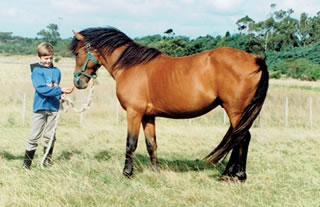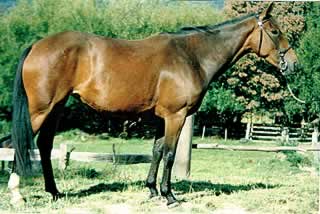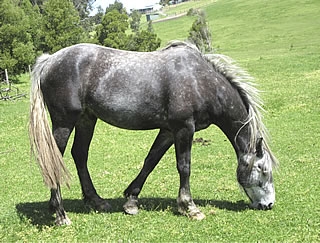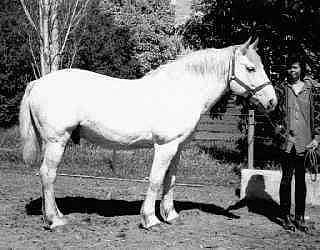Waler Types
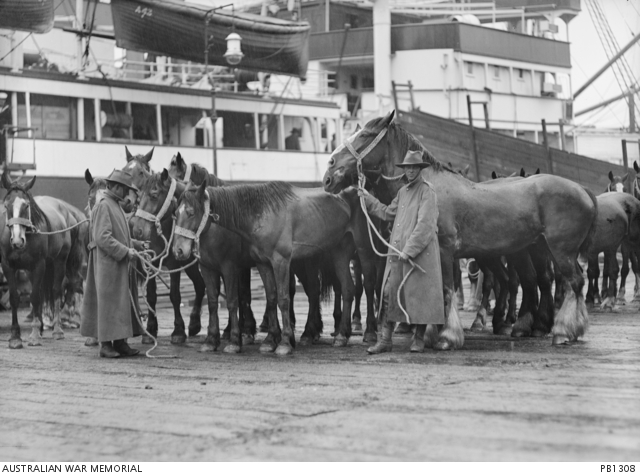
Image: Transport-Horse holders waiting to embark their mounts. Port Melbourne. WW1 AWM.
Breeding type to type is the only way to keep all types for the future, and now the foundation generation is largely gone we have a very limited selection of the original types available in domestic situations. Sourcing old bloodlines from wild populations would greatly assist in securing a future for the types we once had, but this is an expensive and unlikely endeavour.
© Jacqui Kindblad, 2017. All rights reserved.
Waler type, conformation and colour
The Waler is classified into four types. The overall appearance is that of a hunter type. The Waler is a strong upstanding animal with a shorter back except those showing carriage horse influence where the back is generally longer. It has a full rib cage coming well back, rounded sloping quarters, deep girth, not showing too much air underneath, long second thigh, good bone, flat knees and strong joints, short cannons and sloping pasterns, heels displaying some hair and ergot , strong rounded feet, low set tail often displaying wave with sometimes a few grey hairs in the butt of the tail.
The head is well shaped with a large eye, wide forehead and wide nostrils, good open throat and sometimes larger ears. It is not necessarily a pretty head but noble, handsome and workman like. A slight roman nose is acceptable. The neck is set up well of good length, sometimes a higher head carriage, showing roadster influence and coming out of the shoulder well back with a good sloping shoulder and plenty of chest room. Walers have a larger gut area than other domestic horses in order to process large quantities of low quality feed. Colour is mainly plain bay, black, brown, grey with some tobiano. The coat often displays spots that come and go with ticking and splattering in the saddle area. Dorsal stripes are often found. There is limited leg white.
The Waler stands well under himself of 14-16h approx . The horse shows a ground covering walk and long stride in other paces and, because of his conformation, has the ability to jump well. He should be alert but sensible with a kind temperament, intelligent and an inquiring disposition.
Pony Walers are also recognized. They will display the characteristics listed above plus those of English native pony breeds and the Timor pony.
Pony
True pony characteristics – small ears, pony head, upright neck/head carriage. In proportion – not a stunted horse with large head on short legs nor overly long body. 11 to 14.2 hands. May show Timor and/or British native breeds ancestry. Active – once bred for racing and polo. Some have high action from carriage horse ancestry. Waler characteristics of ergots, low set tail, good rump, strong joints, deep girth, roomy gut area, strong stifles, good bone. All colours except double dilute.
Light (Officer)
A lighter framed horse looking like a light weight hunter. Still displaying all Waler characteristics but throwing more to the thoroughbred influence in bone circumference. Can still be of height but also Galloway.
Medium (Trooper)
Heavier type, obviously displaying weight carrying capacity for riding or driving. Appearance similar to a heavy weight hunter or heavy carriage horse and showing the breed influence of coaching breeds such as roadster, Cleveland Bay, Barb. Generally of greater height say 15.3 to 16+h.
Heavy (Artillery)
Load carrying capacity showing obvious heavy horse influence of Percheron, Suffolk Punch, Shire or Clydesdale. Height may vary from 14h to 16+ however these horse still adhere to the overall Waler physical characteristics – should not obviously look like a Clydie.
